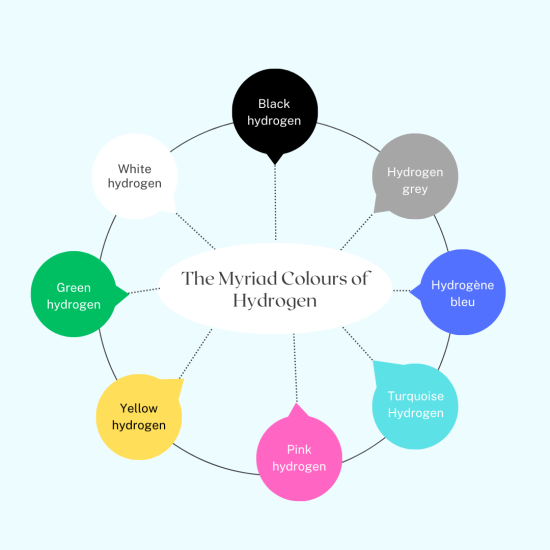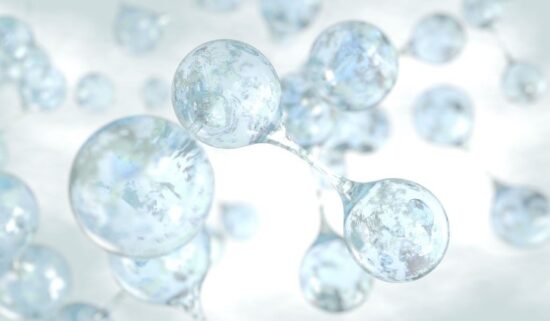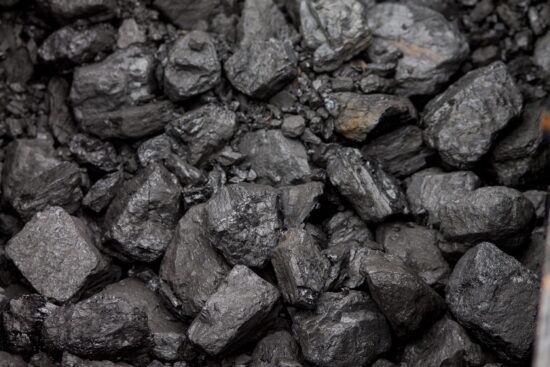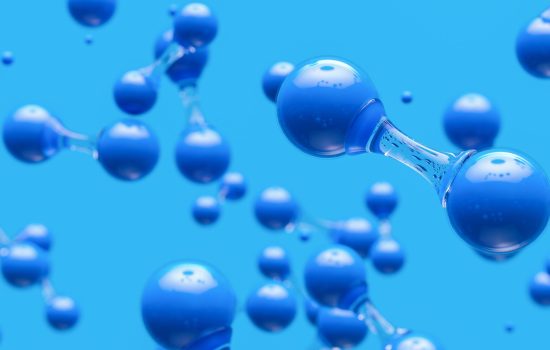
Have you all probably heard of green hydrogen? Well, there are actually several other colors used to characterize hydrogen and specifically how it is produced.
Did you know? Hydrogen is the lightest element on the periodic table and also the most abundant in the universe.
However, hydrogen is very rarely found in its natural state; it is associated with other molecules and can be found in water – H2O, hydrocarbons – HC, and natural gas – CH4, for example. That is why various methods have been developed to artificially create it. And for each process, a color is associated to define the carbon footprint of the produced hydrogen.
White hydrogen: hydrogen in its natural state

White hydrogen refers to hydrogen in its natural state, often in the form of a colorless gas. It is found (very rarely) in geological formations, and currently, there is no sustainable method to extract these deposits.
Black/brown hydrogen: as you may have understood, it is highly polluting!

Carbon has long been used to produce hydrogen through the gasification process. It involves converting carbonaceous materials into carbon monoxide, hydrogen, and carbon dioxide through a high-temperature thermochemical reaction (between 1200°C and 1500°C). The resulting gas, known as syngas, is then separated to recover hydrogen.
Depending on the type of coal used, the resulting hydrogen can be classified as brown or black. Lignite produces brown hydrogen, while bituminous coal produces black hydrogen.
However, the production of brown or black hydrogen is highly polluting because the emitted CO2 and CO cannot be reused and are released into the atmosphere.
To summarize, hydrogen is created here through gasification, which is expressed by the equation :
C (carbon) + H2O → H2 + CO
Biomass for hydrogen production

Biomass can be converted into hydrogen through gasification. The amount of carbon emissions varies depending on the type of biomass used and the use of different technologies to capture and store carbon. However, the net carbon emissions from producing hydrogen from biomass can be lower than those generated by brown or gray hydrogen production.
Gray hydrogen: the most commonly used type
Currently, most hydrogen is produced from natural gas using a process called “steam methane reforming,” which separates hydrogen molecules from carbon molecules using steam. However, this two-step and high-temperature process (between 700°C and 1000°C) also produces CO2. The hydrogen produced through this process is referred to as “gray” when there is no CO2 capture. Gray hydrogen production emits approximately 9.3 kg of CO2 per kg of hydrogen produced.
Need a better understanding? Here’s the equation for steam methane reforming:
CH4+H2O → CO+3H2 then CO + H2O → CO2 + H2
The term “gray” can also be used to describe hydrogen produced from fossil fuels without greenhouse gas capture, with a distinction in the amount of emissions generated during its production compared to brown or black variants.
Blue hydrogen: geological carbon capture

Hydrogen is referred to as “blue” when the CO2 emissions generated during the steam methane reforming process are captured and stored underground using industrial carbon capture and storage (CCS) techniques to prevent their release into the atmosphere.
Therefore, blue hydrogen is often considered a low-carbon energy source, even though a portion of the produced CO2 (approximately 10 to 20%) cannot be captured. It would be more accurate to label blue hydrogen as “low carbon” rather than carbon-neutral.
Turquoise hydrogen
Turquoise or “low-carbon” hydrogen is designated by a new experimental process for extracting hydrogen from natural gas. This process involves heating methane to a high temperature (2000°C) through a method called pyrolysis, which produces gaseous hydrogen and solid carbon.
What does the equation for methane pyrolysis look like?”
CH4 ⟶ C + 2 H2
When hydrogen is generated through water electrolysis, it can be referred to as “pink,” “yellow,” or “green.” This classification depends on the source of electricity used for the electrolysis reaction.
But what is electrolysis? It is an electrochemical reaction that splits water into hydrogen and oxygen.
There are nearly as many varieties of electrolyzers for hydrogen production as there are different shades of hydrogen.
The electrolysis of water is explained by the equation:
2 H2O → O2 + 2 H2
Yellow hydrogen: a mixture of what is available
Yellow hydrogen can be produced through water electrolysis using solar electricity or when the electric current used comes from a combination of renewable and fossil energy sources available in the grid. Therefore, the electricity used is not carbon-neutral.
Pink hydrogen: electricity sourced from nuclear power
Hydrogen can indeed be produced from nuclear energy, and it is referred to as “pink” in such cases. This method of hydrogen production does not release (or releases very little) carbon dioxide, which is a significant environmental advantage.
And last but not least, the one you are likely familiar with…
Green hydrogen: electricity derived from renewable sources.
Hydrogen can be considered “green” when it is produced through electrolysis using electricity derived from renewable sources (such as solar or wind energy). This form of hydrogen, produced through water electrolysis, is also referred to as “clean hydrogen” as it does not release CO2. However, while this method is the most environmentally friendly, it currently represents only about 1% of the total hydrogen production.